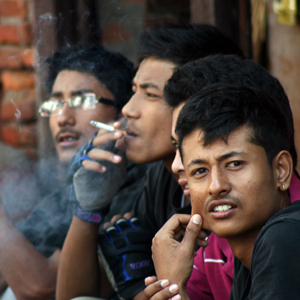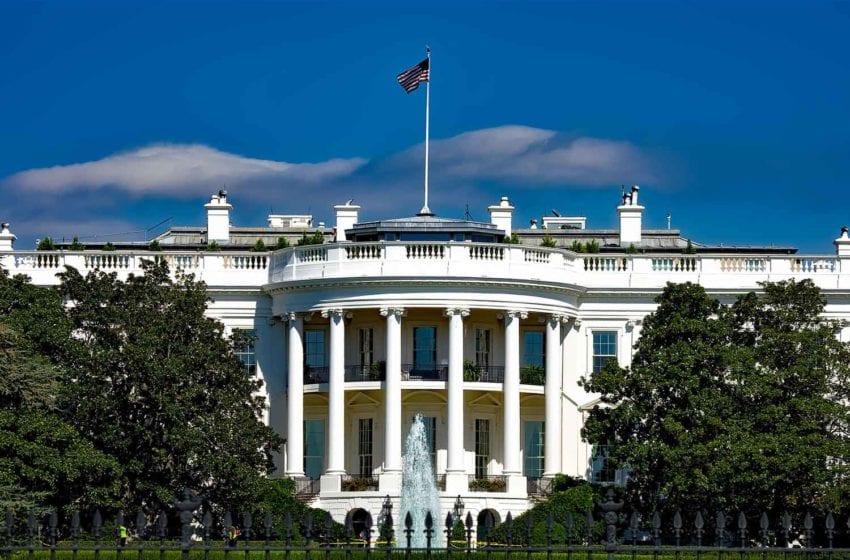The promise offered by emerging tobacco markets begins to fade.
By Shane MacGuill
The notion that, as years go by, international tobacco manufacturers will increasingly need to hedge against secular cigarette volume declines in developed markets with growth in emerging territories has long been worn into a truism. The key underlying issue, however, is the future shape, scale and stability of this growth. Do emerging markets still represent a substantial opportunity for international manufacturers, and for how long?
As with all complex questions, there is a short approximate answer and a longer, more nuanced one. Emerging and developing markets clearly still represent a potential source of significant short- and medium-term revenue for international tobacco manufacturers, but the narrative is increasingly divergent between different individual markets, and it is one that is ever more complicated by issues of affordability and regulatory expansion.
In sheer data terms, there is no question about the magnifying importance of the emerging environment to the global tobacco market. Using a broad interpretation of the term, the 48 emerging and developing markets (not including China) in which Euromonitor does direct research contributed some 59 percent of global volumes (excluding China) in 2014 but accounted for only 38 percent of the absolute volume decline between 2009 and 2014. Perhaps surprisingly, the trend is even more pronounced in value terms. This broad cluster of emerging markets accounted for only 34 percent of global cigarette U.S. dollar value in 2014 but contributed some 74 percent of the absolute increase in value between 2009 and 2014.
And the trend is set to continue. By 2020 the same markets will account for over 60 percent of global volumes (excluding China) and will have provided three-quarters of the constant terms, fixed dollar exchange value growth in the intervening period. All of which supports a base hypothesis that robust smoking cultures (defined as ones in which prevalence is high, the habit is tolerated—even aspired to—and there is a relative absence of organized civic agitation for heightened regulation) in developing markets, relatively rapid economic growth and the headroom provided by lower tax burdens affords the industry space for lucrative expansion.
Reality check
In practice, however, there are reasons for doubt. Firstly, affordability remains, and indeed will only amplify, as a key issue for cigarette growth in developed markets. Based on a number of hours worked on the median wage required to purchase at the average pack price, of the 20 least affordable global cigarette markets (again from Euromonitor directly researched markets) only three, or 15 percent, are developed markets, while only five of the 20 most affordable markets are emerging and developing countries. In just under 70 percent of emerging and developing markets was a pack of cigarettes less affordable in 2014 than it had been in 2009. As recently as November 2015, Alison Cooper, CEO of Imperial Tobacco, attributed its difficulties in Morocco and the high levels of illicit product in that market to it being “one of the least affordable in the world.”
So while, in absolute terms, the value of cigarette consumption in these markets, in all price bands, will continue to increase very rapidly—by an estimated 85 percent up to 2020 (which is undoubtedly a boon to the industry in the short to medium term)—the share of premium and mid-price brands will not significantly increase, if at all. This connotes a lack of progress in major markets (for example Brazil, India and Turkey) in terms of improving the relative balance of consumption quality, meaning that ultimately emerging markets provide an imperfect hedge against the longer-term pattern of lower value consumption in mature markets, and are themselves primed for functional consumption behavior when the requisite legislative and taxation conditions are extended, as is inevitable.
On regulatory creep, Latin America perhaps stands as a foreshadowing of what might transpire in other geographic regions. Some years ago, the received wisdom was that economic dynamism and moderate regulatory outlooks would eventually make Latin America a stable stream of revenue, much in the same way as many Asian, Middle Eastern and African markets are currently viewed. However, the decided truth must now be that Latin American governments are determined not to facilitate this scenario, and many markets in the region now have highly restrictive operating environments—in fact, several are in the vanguard of global tobacco control. With measures restricting companies’ ability to communicate with their consumers and to premiumize their products, the future for the industry in the region is one of unstable and ever-diminishing returns.
As mentioned, in some circles, these assumptions have simply shifted onto African and Asian markets. However, significant resources are being invested in ensuring the emergence of similar tobacco control-driven decline cycles in these regions, which would mitigate against the materialization of oft-predicted high value growth and push more and more consumers in these regions into the grip of a developed market-style, commoditized relationship with tobacco consumption.
Using debates around plain packaging as a proxy, the appearance of markets like Hungary, Turkey, Venezuela, South Africa, India and Burkina Faso among those said to be seriously considering its introduction indicates that the cycle of regulatory adoption from core tobacco control markets such as Australia and Ireland to emerging jurisdictions may be set to significantly truncate from decades to years. Further, organizations like the World Health Organization’s Tobacco Free Initiative are heard ever more clearly and receptively by emerging market governments on issues such as taxation. Finally, one sees strengthened tobacco control in Africa, in particular, emerging as something of a cause celebre within the anti-tobacco community. With its lower age demographic skew, relatively low current incidence of manufactured cigarette consumption but strong background awareness of tobacco, and laxer tobacco control regimes, Africa is attracting resources and attention at a high level.
Contradictions
An examination of some individual emerging markets elucidates some of the contradictory trends on display. The last couple of years have been challenging for the tobacco industry in Russia—traditionally the world’s frontier market—and echo the pattern in Latin America referred to above. A combination of constrained disposable income, higher excise taxes and the implementation of a comprehensive tobacco control strategy have significantly impacted the market. Allied to economic difficulty and geopolitical uncertainty, the Russian market has moved in a very short time from the repository of much manufacturer optimism regarding its potential to a source of real concern.
In recent years, other major developing markets such as Turkey and the Philippines have seen market turbulence caused by tax hikes and increased regulation, while manufacturers also struggle with the impact of strong core currencies on their profits from second- and third-tier markets. Further, emerging markets tend to be more exposed to geopolitical disruptions, with Imperial Tobacco’s current difficulties in Iraq being an acute case in point.
On the other hand, Indonesia holds steady as one of the last remaining true growth markets and for this reason is increasingly attracting the focus of both international tobacco manufacturers and the global tobacco control industry. Favorable demographics, relatively lax regulation and taxation, and strong economic performance make it a market of huge current and future potential, and it represents, for the industry, a best-case scenario for the short- to medium-term development of emerging tobacco regions.
In 2014, Indonesia saw the single highest volume growth of any global market (8 percent), a striking development in the context of declines in virtually all other major markets. Indeed, if you include hand-rolled kreteks (which Euromonitor excludes from its data), Indonesia in 2014 overtook Russia as the world’s second-largest cigarette market by volume. Tax reform and an ongoing shift to white-stick products is leading to gradual band polarization, as low-income consumers downtrade to economy and higher-income consumers are pushed into the premium segment.
There are other markets of real potential for the industry. To no little attention, British American Tobacco (BAT) returned to Myanmar in 2013, a country that in most ways is prototypical of a modern-day emerging opportunity, with low levels of use of manufactured cigarettes but relatively high use and awareness of other tobacco products allied to low existing regulation and economic promise. BAT also continues to report volume and profit growth in markets like Bangladesh and Pakistan.
And in the last few months, the imminent lifting of international embargoes against Iran has fully opened up another potential gold mine for the industry. International manufacturers are thought to be positioning themselves (in the case of Japan Tobacco’s purchase of Arian, explicitly so) for a concerted push into a market with several propitious characteristics—a young demographic profile, relative tolerance of tobacco at most levels of society and high pre-existing affordability.
There is then every prospect that international manufacturers will see success in markets such as Iran, Myanmar and Indonesia (which stubbornly continues to refrain from ratifying the FCTC), but it is an open question whether, in the context of greater global regulatory consensus and divergent individual economic performance, in time these will not come to be seen less as the brightest lights in a constellation of broader emerging stability and more as pockets of retrenchment in an increasingly hostile universe.
Shane MacGuill is senior tobacco analyst at Euromonitor International, a market intelligence firm.













